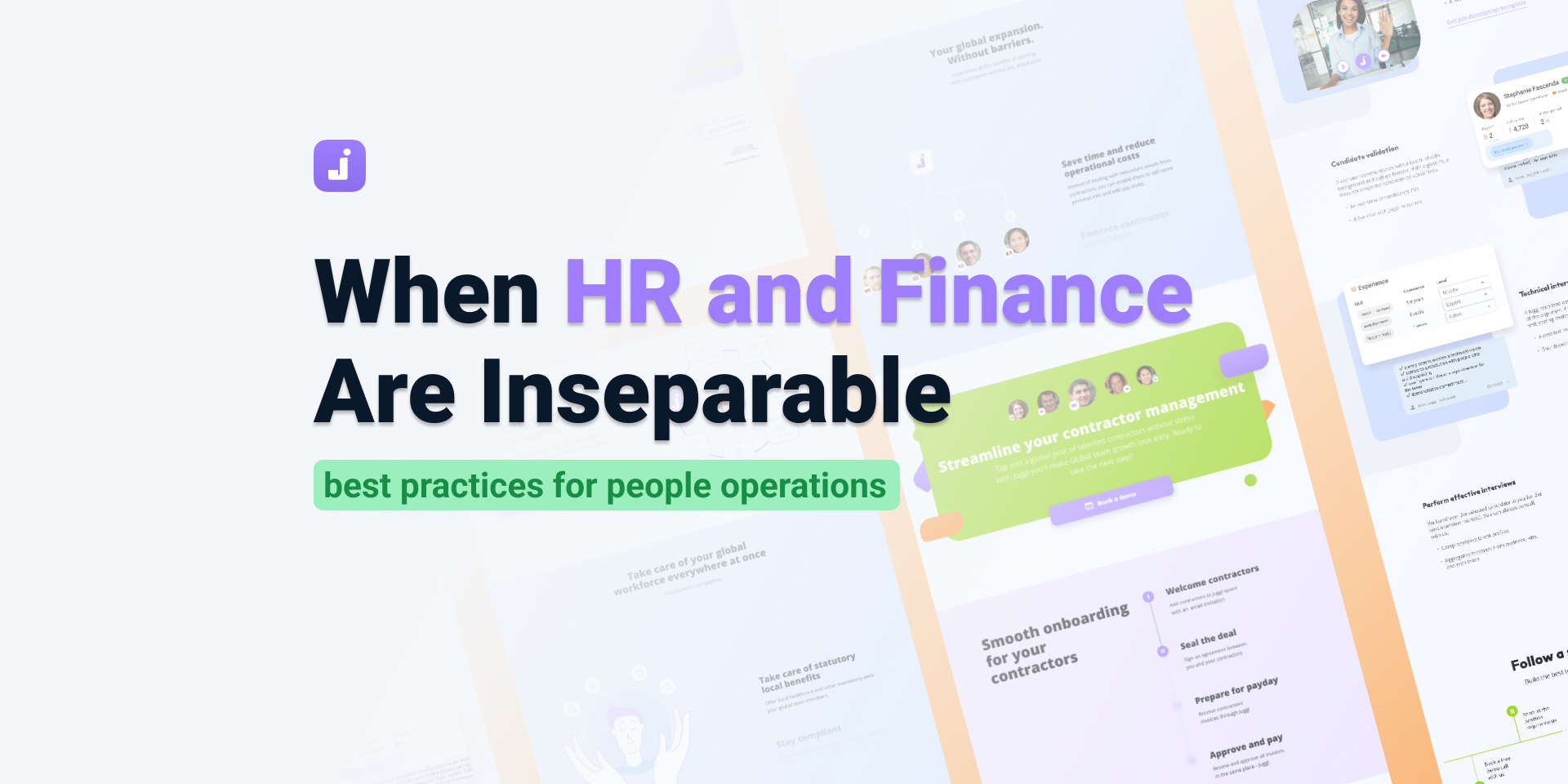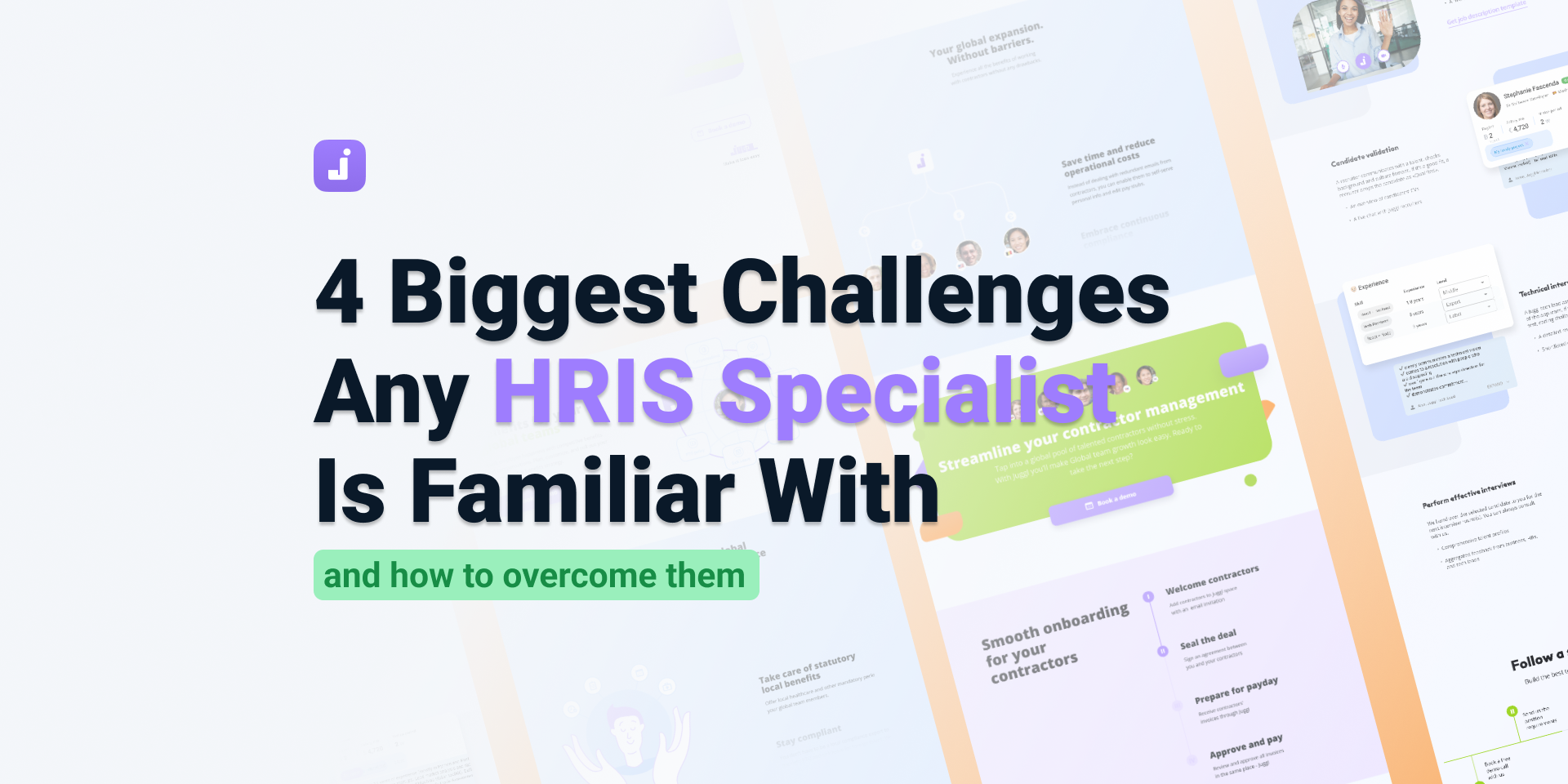Ultimate Guide to Upskilling Employees: Boost Skills & Drive Growth
Think your workforce misses key skills? There is no surprise, as new digital models urge to upskill employees at a galloping pace.
The giants like Google or Amazon adopt continuous upskilling programs to stay on top of the market. Although setting up a learning program requires your time and resources, it’s accessible to every company.
We’ve compiled a guideline on how to create your upskilling training. But first, let’s consider why it’s important not only for you but also for your employees.
Employees also care
Employees are very concerned about upskilling. The fear of being out of work is the first reason. Almost every second worker believes his or her job will be obsolete within 5 years. As a result, their worries affect retention.
Having no employee upskilling training in a current company, about 55% of employees are most likely to quit. On the other hand, three-quarters of surveyed people confirm that learning opportunities at their work will convince them to stay.
Therefore, when you create a forward-thinking upskilling strategy, you’ll not only enhance business results but also catalyze retention. Now, ready to take action?
Let’s paint a clear picture of a comprehensive upskilling plan, moving step by step.
.jpeg)
Step 1. Skills inventory
The first step to upskilling your remote employees is to understand their current skill level, as well as what they need to know in order to perform at their best. To build this understanding, you should start by identifying the skills of your remote workforce.
Then, identify any gaps between what they already know and what needs to be learned by reviewing job descriptions or talking with managers about their expectations for an employee (for example, if an employee is hired into a sales position but has no experience selling online).
Finally, prioritize which areas need specific attention based on how critical these skills are for success at work (for example, if an employee isn't proficient in basic computer literacy yet this might impact their ability to do some tasks).
Step 2. Along with an upskilling plan, create a PDP
.jpeg)
To make the earning process easier to evaluate, compile a personal development plan (PDP) with an employee. In a PDP you outline the skills and abilities an individual needs to acquire in order to meet their long-term career aspirations. It should include any upskilling certifications or professional development in which you would like them to take part over the next year or more.
Once your employee has written out their own PDP and shared it with you, it will be much easier for you both to set goals together that respect each other’s interests while still aligning with company objectives.
Remember: if there are specific projects or roles that someone wants on their resume but aren't currently available at your company, encourage them to get involved with other projects instead of trying too hard for something that may not come about anyway.
Step 3. Set aside time for upskilling training
The third step is to set aside time for employees to learn. The best way of doing this is by making it part of their work schedule, but it’s not the only way.
Discuss their possibility of self-study and attending upskilling courses outside of working hours. This should depend on what you expect from your employee as well as their experience level and responsibilities at work.
Step 4. Choose between in-house and external training
There are many different training delivery models to help you get people upskilled. You’ll need to consider how much time you have available and what your budget is.
If you are a small business or startup that doesn’t have a dedicated training team, it may be difficult to find someone with the right mentor who can deliver the necessary content.
If you are a large organization, you may have the resources to hire someone to build your course from scratch.
Then decide whether you want to upskill employees by providing a synchronous or self-paced program.
Step 5. Choose a delivery model
(1).png)
You can find two main learning delivery models: asynchronous and synchronous learning. Let’s explore each model.
Synchronous training is when people learn together online. This can be through a video conference or a virtual meeting room. People share their screens and discuss ideas in real time.
Asynchronous learning lets employees work at their own pace. They can learn on their own schedule and location, in their free time. Learners can set a goal for themselves, upskill, and prepare to take tests at the pace they’re comfortable with.
This type of model often implies the training results whether it’s a course completion status or score. Usually, learners have to provide it before a certain deadline.
In fact, training that requires direct human contact has been shown to be more effective than other forms of training such as self-directed learning (where you learn from resources like books or videos), independent learning (where you learn without anyone else), or asynchronous learning (where you work on tasks independently but with deadlines). But synchronous learning requires a lot of time, energy, and effort.
The key takeaway is that the chosen models, whenever it is, should fit your budget and time resources.
Step 6. Invest in tools and infrastructure
If you aim to provide a continuous upskilling strategy, you should purchase the necessary tools that facilitate learning. For example, HR learning management software will help employees keep track of their training progress. Conferencing platforms like Zoom or WebEx can facilitate your wide-scale virtual training.
The learning process also entails evaluation.
Step 7. Test employees’ knowledge
To check if your employees were actively engaged in an upskilling session, you may have a one-on-one assessment or give a test.
Tests are perhaps the most obvious way to assess your employees' knowledge. One of the biggest benefits of tests is that they give you and a worker insight into what they know. But there are also drawbacks:
- Time commitment
Most companies have limited resources and don't have time to take a bunch of tests regularly. If you're going to use this method, be sure you have time in your schedule for it (and plenty of resources).
- Cost
Some companies charge per test or even per question on their tests, so it can get expensive if you want a lot of testing done each week/month/year.
Step 8. Provide real-life opportunities to your employees
Once you've completed the first five steps, now is the time to match your employees to real-life opportunities. You may be thinking: “Why can't I just let them learn on their own?” Well, if you give people an opportunity without direction or guidance, you run into two problems:
1) They might not know how to choose between options.
2) They may pick an option that's not a good fit for them (and then quit).
Thus, this step requires help from managers. The assigned person will suggest to each employee opportunities that match their new knowledge base and skill set.
Step 9. Make learning easy
Last but not least, ensure your upskilling training doesn’t generate extra stress for your workers. Here are some tips for creating a pain-free training program:
- Make sure your online learning platform is easy to access. Employees need to be able to login in and get started right away. So make sure the interface is intuitive and easy to navigate.
- Give employees flexibility when it comes time to learn new skills or processes. Be open-minded about what works best for different individuals — everyone has their own learning style.
- Make sure mentors are available as needed throughout the training period and even beyond it. There are situations when employees still don’t feel comfortable enough with their new skillset after the training. Allow them to contact the trainer for at least the next month after the training.
Wrapping up
This is a big topic, and the solution to this problem is not easy. Yet, you gain the benefits of upskilling employees: better engagement, improved performance, and adaptability to market changes. So, what's your organization's main focus?
Don’t forget to find more insights in the Juggl blog.
If you’re interested in building an effective remote team, but not sure where to start, read how you can leverage easy-to-use Juggl tool for your goals. Cheers!









